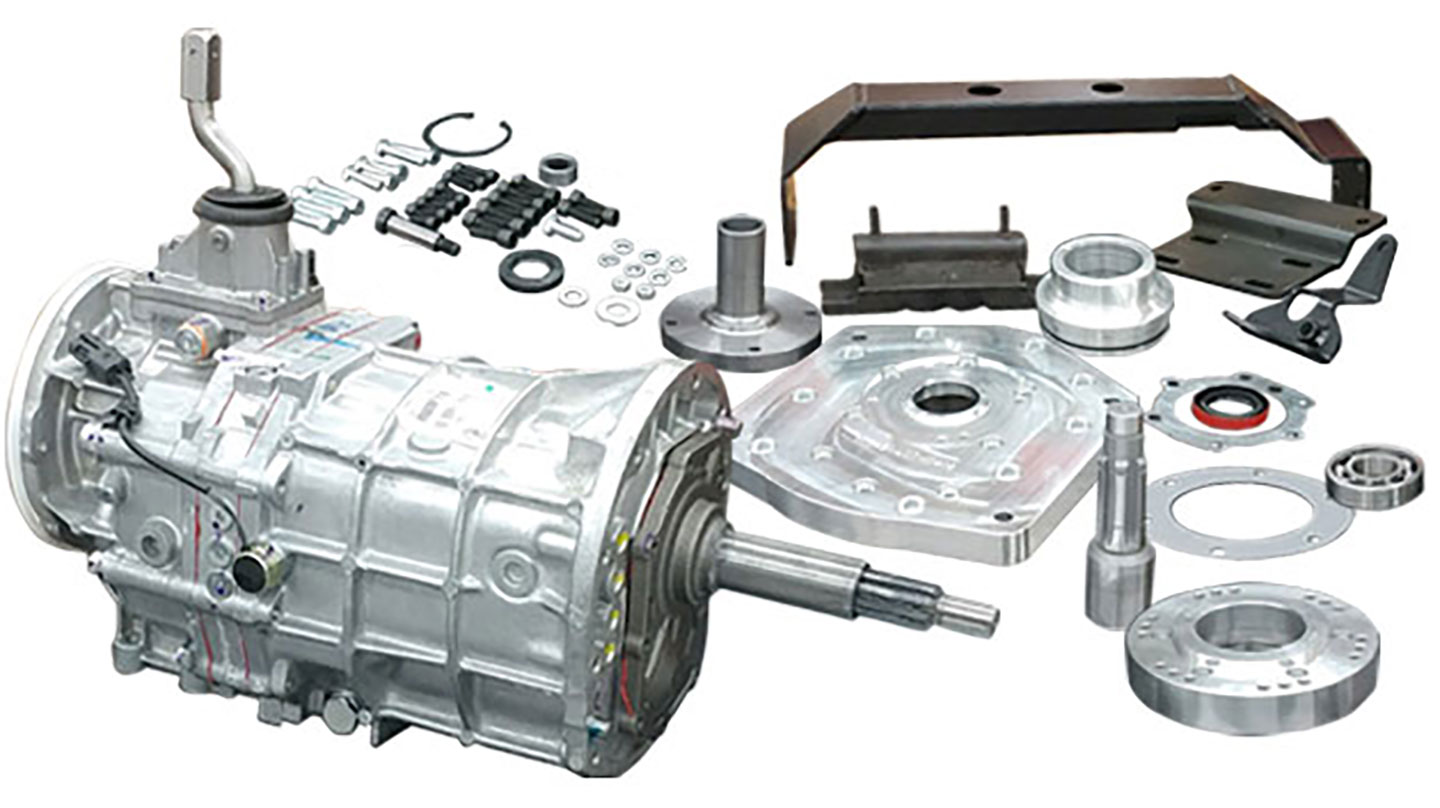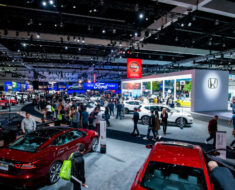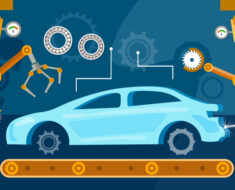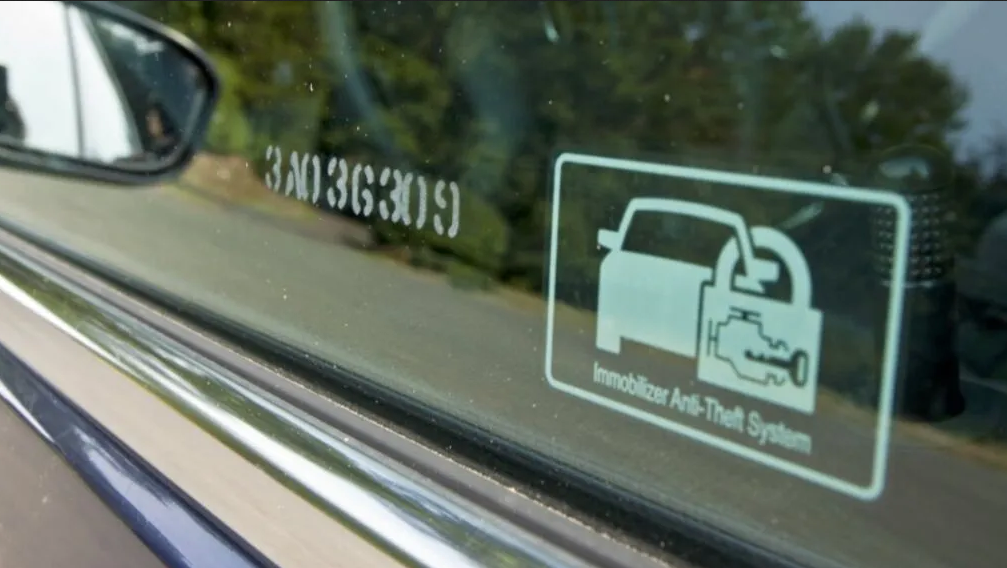I grew up in the small town of Fort Chambly, Quebec, just south of Montreal. From an early age, my grandfather, who built Canada’s first gasoline-powered automobile, the Fossmobile, often shared his own interest in automobiles with me, which may have contributed to my fascination with automobiles.
I fondly remember the neighbors letting me test drive their MGBs, Triumphs and Minis, but it was getting behind the wheel of a 1972 BMW 2002tii that confirmed my thinking. It felt much smoother and faster than the other cars he had driven. It had more horsepower and felt like it could effortlessly hug the road. I promised myself back then that one day I would own one of these fabulous vehicles.
While researching these cars in early 2009, I stumbled across a gem in Calgary, Alberta, and found it to be in surprisingly decent shape. All original, without previous modifications or restoration attempts. I picked it up quickly, based solely on the pictures and my intuitive trust in the person selling it. This guy was only the second owner and only had 45,000 miles on the odometer. The vehicle originated in the US and the original owner was traced to Colorado.
A 2002tii is usually worth more and is therefore more coveted. Finding one in good condition, with no owner modifications, is becoming more difficult. This is especially true considering the mechanical uniqueness of the tii (international touring injection) and the cost of some of those unique parts. The original 2002tii had a Kugelfischer mechanical fuel injection system, a first for BMW. This 2.0-liter engine could produce between 125 and 140 horsepower and between 127 and 145 pound-feet of torque.
I had a vintage vehicle hauler pick it up and transport it to Burlington, Ontario. The car had been partially painted once, but it was a terrible job and there was evidence of excess putty, cracked paint, and some visible rust. That was at least what I could see. Other surprises awaited me.
When the car arrived from Calgary, it was delivered to the local BMW dealer. I checked it with the help of mechanics. We just wanted to see if it worked. We found that very little was required to meet security and certification requirements. Engine compression was close to stock and very even. The fuel tank was cleaned and all fluids were washed. We changed the oil, oil filter and spark plugs. Finally, they completed an intensive brake inspection. Once everything looked good, I hit the road and drove the car for a few weeks, learning all I could about it.
For the most part it worked fine, but some parts were worn, weathered and required updating. It was slow, had some vibrations and didn’t handle bumps very well. My plan was to use all original equipment manufactured (OEM) parts.
I started the restoration with everything mechanical. The entire fuel delivery system needed cleaning and all three fuel filters (fuel pump, fuel injection and in-line filter) were replaced. The water pump was partially seized, so that was next. I was concerned about the mechanical fuel injection system but it seemed fine.
All rubber items were my next inspection and replacement project. The seals, belts, engine mounts, and frame bushings all required revision. Due to the age of the car I decided to replace all the rubber frame and mounting bushings. New hoses and belts were then installed. Front and rear shocks were bad. The two in the back were rusty. All new shocks installed, complete with new tower mounts. Not surprisingly, the entire exhaust system was rusty. While the exhaust manifold was fine, all the pipes and the muffler had to be replaced.
The rotoflex guibo rubber bushing/bearing between the transmission and the front of the driveshaft was the worst of all the parts that required replacement. This is an all rubber mount, with metal sleeves for eight mounting bolts to pass through. Its purpose is to dampen vibration and movement between the transmission and the driveshaft. When I took it apart, it completely fell apart in my hands. The rear universal joint on the driveshaft was seized in one direction which meant replacing the entire driveshaft as it comes as a completely sealed unit.
The clutch slave cylinder was leaking, so that too headed for the recycle bin. Smaller items such as the brake cylinders and engine gaskets were replaced. Some items were replaced because they absolutely needed it and others for good measure, like the brake pads, because it was easier to do while disassembled, rather than disassemble again later.
The shifter linkage required some attention. When the car arrived, one of the first things I noticed was that the shifter was very loose and wobbled in every gear. The shift travel on the 2002tii is long, but this one made constantly changing gears an unpleasant chore. I found that all the glands, sleeves and connections were mostly worn out or completely gone. Once replaced, it shifted smoothly through all four gears and just as hard as it would have off the factory floor.
The interior of the car was in remarkable condition. Even the 2002tii’s instrument cluster telltale clock was present and working. A bit of cleaning and some welding work for a seat bracket was all it took.
I completely removed all chrome from the vehicle: lights, grills, bumpers, etc. All of these were in excellent condition and were now to be safely stored for the winter as it was the best time to complete the body restoration.
There were obvious rusty areas, such as the outer running board panels along with both rear fenders and the right front fender, but the inner running board sills also looked suspicious. When the old front fenders were removed, reality set in. I discovered what everyone who attempts a project like this fears: more rust than anticipated. The entire right pillar between the fender and the door hinge was almost rusty. It had to be completely rebuilt by grinding and welding on a new part.
The vehicle was completely stripped of old paint. The rear outer fenders were tin filled and new front fenders were fitted. Some very minor body work to grind out a dent or two and I was ready for a light coat and sanding. Lots of sanding!
The doors, trunk lid and engine hood were removed and painted separately. The rest was painstakingly papered, glued, and prepared for the paint booth. Then it was off to the paint booth for six coats of original paint and three coats of clear coat. After that, the vehicle looked like it belonged in the showroom (minus the doors, chrome, lights, bumpers, etc.).
Then very carefully it was a lot of effort to reinstall all the chrome – lights, grills and bumpers that had to be reattached. With most of the mechanics fixed, it drove just as I remembered it, back in the 1970s. I was finally ready to show this vintage 1972 BMW 2002tii to anyone who would care to look. The car became everything I dreamed it would be. So my passion had been satisfied. He had the vintage BMW 202tii just the way he wanted it.





